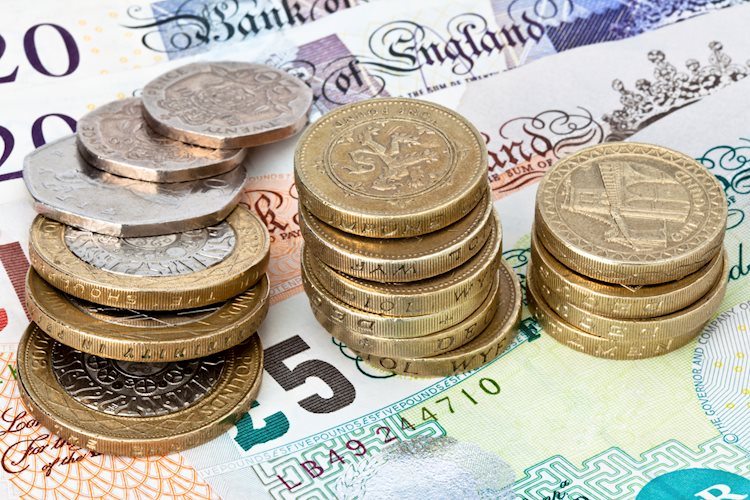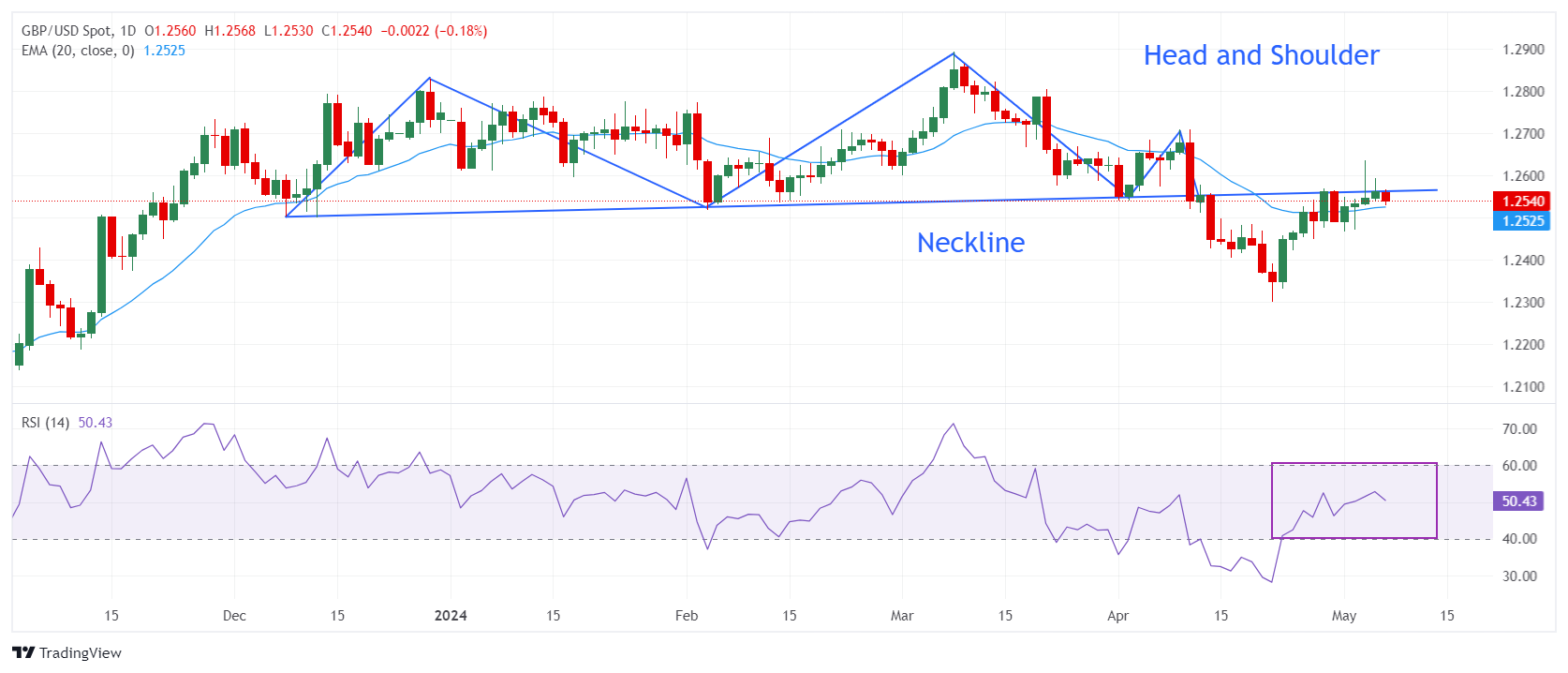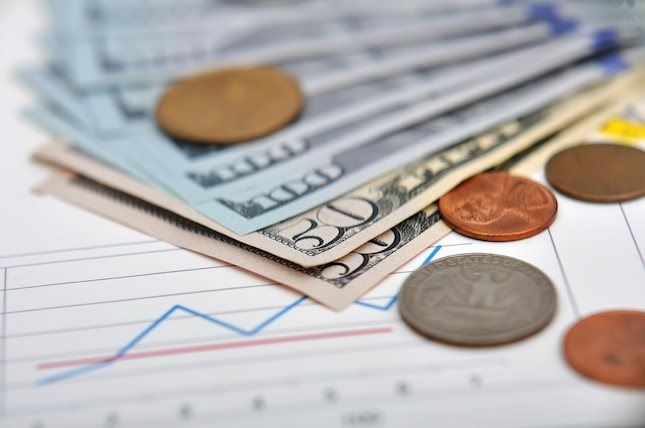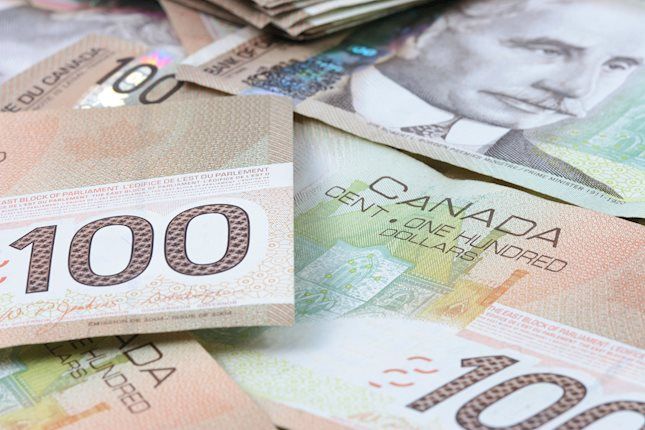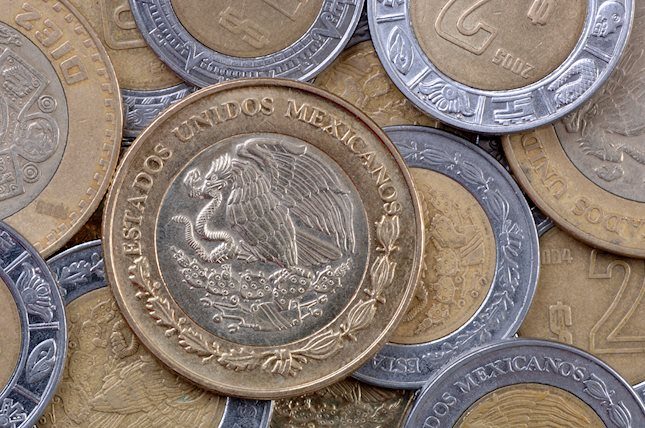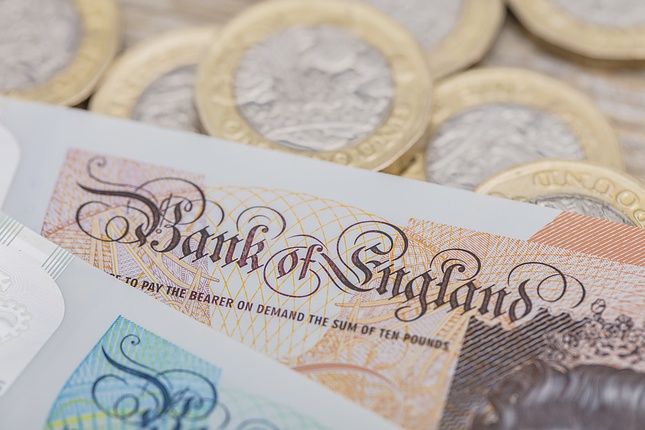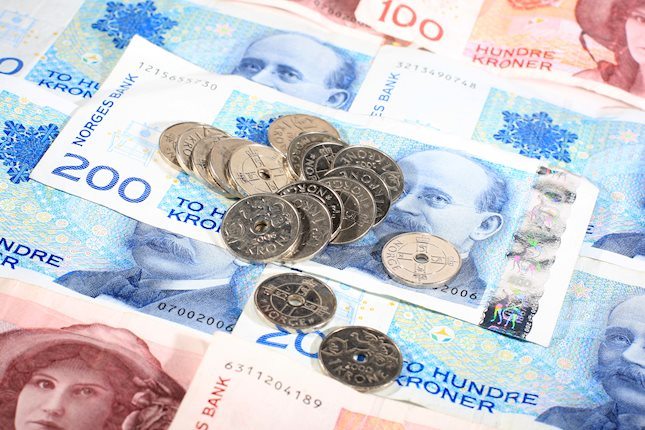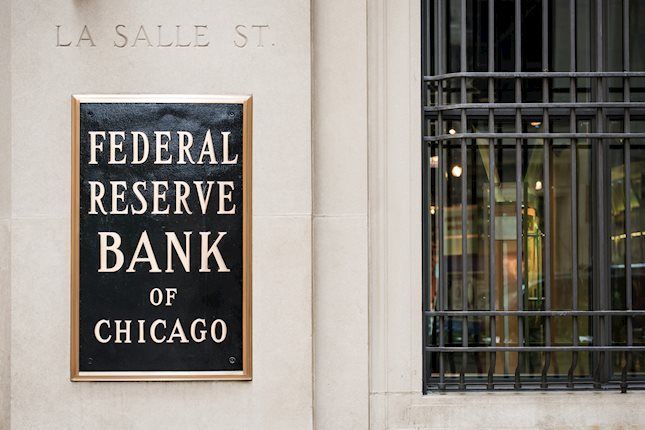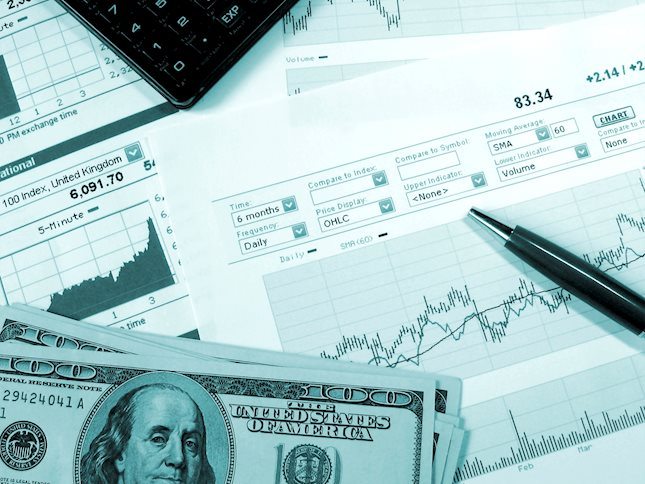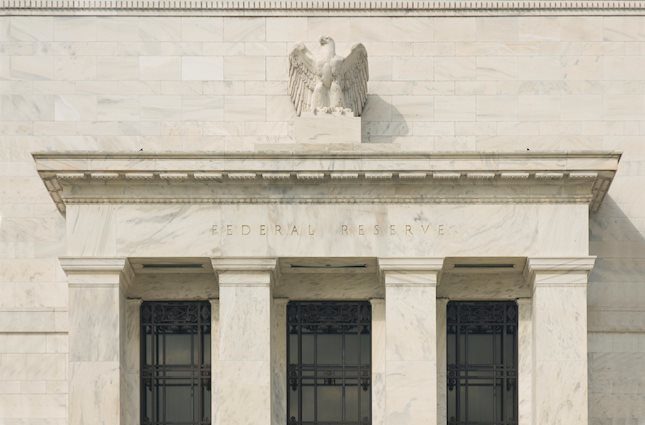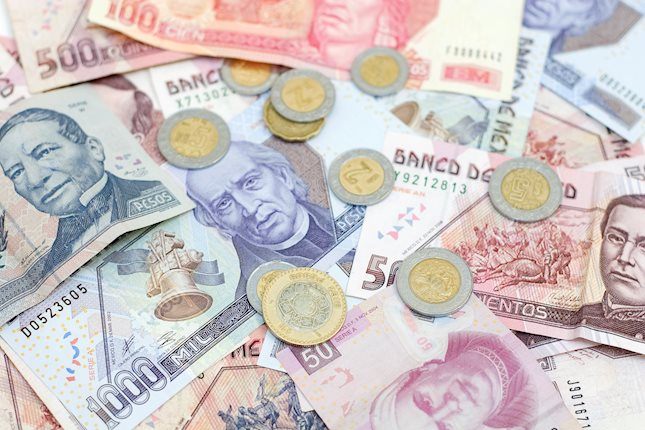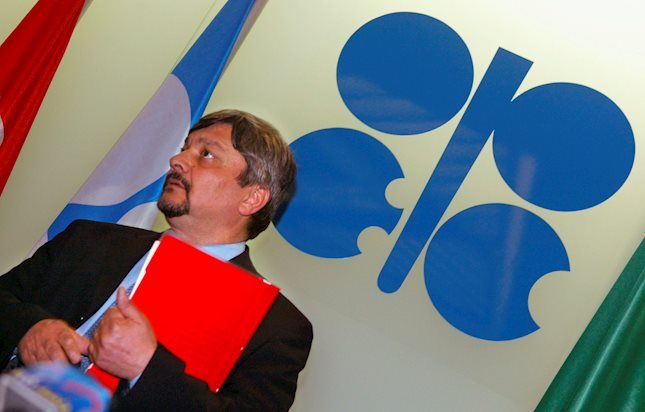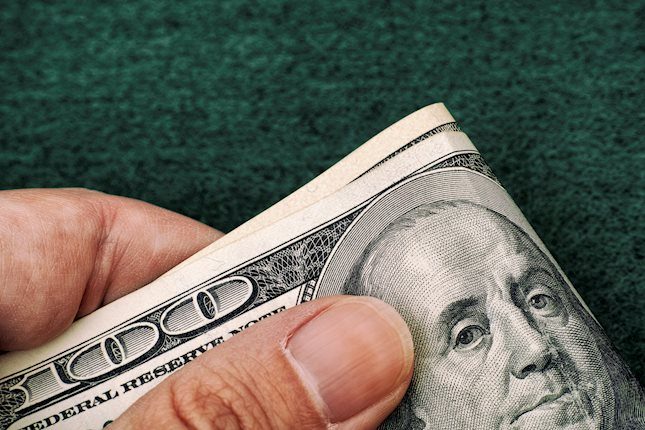Pound Sterling retreats as BoE appears to deliver slightly dovish interest-rate outlook
- The Pound Sterling remains subdued near 1.2540 as investors see the BoE easing interest rates before the Fed does so.
- UK interest rates are expected to remain steady at 5.25% for a straight sixth time after Thursday’s BoE meeting.
- Investors see the BoE beginning to reduce interest rates from August.
The Pound Sterling (GBP) trades close to 1.2550 against the US Dollar in Tuesday’s early American session. The GBP/USD comes under pressure as investors shift focus to the Bank of England's (BoE) monetary policy in which the central bank is expected to hold interest rates steady at 5.25%.
The US Dollar remains unchanged, with the US Dollar Index (DXY)—which tracks the Greenback’s value against six major currencies—trading around the crucial support of 105.00.
Investors seem to remain confident about the United States' economic outlook despite the recent weakness seen in a slew of economic data such as lower labor demand, slower wage growth and contracting Services PMI in April. The overall good performance of the economy will allow the Federal Reserve (Fed) to take its time to cut interest rates compared with other central banks from developed nations.
Still, weak US economic data has fuelled expectations for the Fed to reduce interest rates from the September meeting. Uncertainty prevails over the Fed’s rate-cut timing as policymakers see the current monetary policy framework as adequate. On Monday, New York Fed Bank President John Williams said: “Eventually we'll have rate cuts", but for now, monetary policy is in a "very good place," Reuters reported.
Daily digest market movers: Pound Sterling remains subdued ahead of BoE policy meeting
- The Pound Sterling falls sharply after facing significant selling pressure near the round-level resistance of 1.2600. The GBP/USD pair weakens as investors remain convinced about the chances that the Bank of England will reduce interest rates earlier than the Fed.
- Financial markets anticipate that the BoE will start reducing rates in August and that the Fed will do so in September. This is consistently supporting the US Dollar despite the miss in the Nonfarm Payrolls (NFP) and the Services PMI data for April.
- Investors will get more clarity on the UK interest rate outlook from the BoE’s monetary policy decision, which will be announced on Thursday. The BoE is widely expected to keep interest rates steady at 5.25% for the sixth straight time. Therefore, any commentary on the interest rate outlook will be more useful for investors to predict the next move in the Pound Sterling.
- BoE Governor Andrew Bailey said last month that he is hopeful for the headline inflation to return to the desired rate of 2% in April. Also, in the last monetary policy meeting, he said he was comfortable with market expectations of two or three rate cuts for this year.
Technical Analysis: Pound Sterling faces pressure near 1.2600
The Pound Sterling falls from 1.2600 but consolidates in a tight range around 1.2550. The near-term outlook of the Cable appears to be uncertain as it has not stabilized above the 20-day Exponential Moving Average (EMA), which trades around 1.2520.
The GBP/USD pair faces selling pressure near the neckline of the Head and Shoulder chart pattern formed on a daily time frame. On April 12, the Cable recorded an intense sell-off after breaking below the neckline of the H&S pattern, which is plotted from December 8 low around 1.2500.
The 14-period Relative Strength Index (RSI) oscillates in the 40.00-60.00 range, suggesting indecisiveness among market participants.
Pound Sterling FAQs
The Pound Sterling (GBP) is the oldest currency in the world (886 AD) and the official currency of the United Kingdom. It is the fourth most traded unit for foreign exchange (FX) in the world, accounting for 12% of all transactions, averaging $630 billion a day, according to 2022 data. Its key trading pairs are GBP/USD, aka ‘Cable’, which accounts for 11% of FX, GBP/JPY, or the ‘Dragon’ as it is known by traders (3%), and EUR/GBP (2%). The Pound Sterling is issued by the Bank of England (BoE).
The single most important factor influencing the value of the Pound Sterling is monetary policy decided by the Bank of England. The BoE bases its decisions on whether it has achieved its primary goal of “price stability” – a steady inflation rate of around 2%. Its primary tool for achieving this is the adjustment of interest rates. When inflation is too high, the BoE will try to rein it in by raising interest rates, making it more expensive for people and businesses to access credit. This is generally positive for GBP, as higher interest rates make the UK a more attractive place for global investors to park their money. When inflation falls too low it is a sign economic growth is slowing. In this scenario, the BoE will consider lowering interest rates to cheapen credit so businesses will borrow more to invest in growth-generating projects.
Data releases gauge the health of the economy and can impact the value of the Pound Sterling. Indicators such as GDP, Manufacturing and Services PMIs, and employment can all influence the direction of the GBP. A strong economy is good for Sterling. Not only does it attract more foreign investment but it may encourage the BoE to put up interest rates, which will directly strengthen GBP. Otherwise, if economic data is weak, the Pound Sterling is likely to fall.
Another significant data release for the Pound Sterling is the Trade Balance. This indicator measures the difference between what a country earns from its exports and what it spends on imports over a given period. If a country produces highly sought-after exports, its currency will benefit purely from the extra demand created from foreign buyers seeking to purchase these goods. Therefore, a positive net Trade Balance strengthens a currency and vice versa for a negative balance.
Forex News
Keep up with the financial markets, know what's happening and what is affecting the markets with our latest market updates. Analyze market movers, trends and build your trading strategies accordingly.
